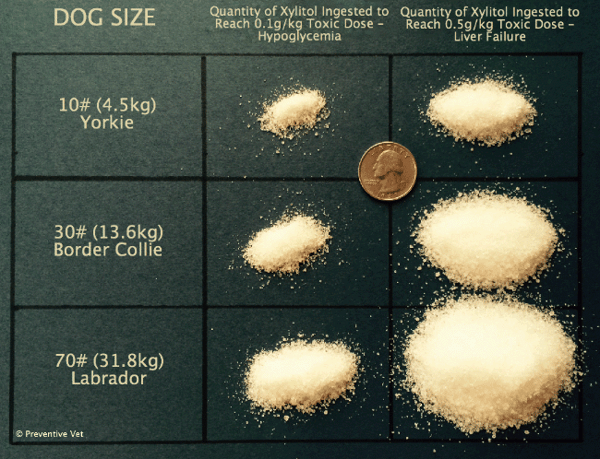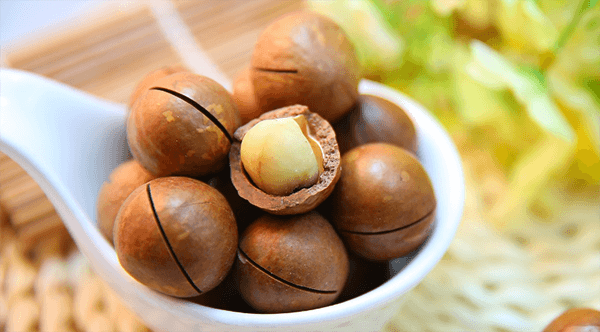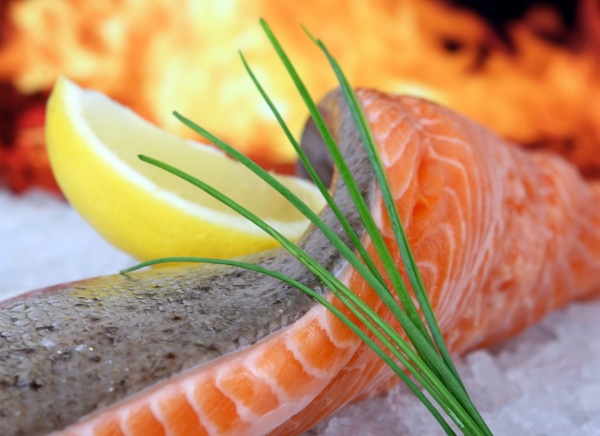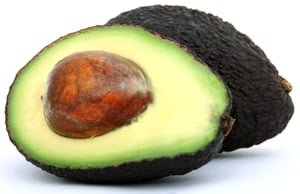 Have you decided to start living a healthier lifestyle?
Have you decided to start living a healthier lifestyle?
If you’re contemplating the ketogenic or “keto” diet to accomplish your goals, or are already on it, there are some things you should be aware of.
To best ensure that you don’t endanger the health and safety of your pets while you’re improving your own, check out our list of ingredients that are commonly found in keto and paleo-based diets.
5 Common Keto Diet Staples to Keep Away from Pets
Here are five common keto diet staples that pet owners need to be extra careful to keep well away from their cats and dogs.
1. Xylitol (Dogs)
This is a BIG one! Not only is xylitol a very common low-carb replacement for sugar in the keto diet, but it also happens to be EXTREMELY dangerous to dogs! Our pets don't metabolize (even healthy) foods the same way we do. For example, onions and grapes, which we can eat just fine, can cause some pretty serious problems for our dogs. And xylitol, which has no effect on insulin release in people, causes a significant spike in insulin levels in dogs, rapidly dropping their blood sugar to dangerous, seizure-inducing levels. It takes as little as 0.1 grams of xylitol per kilogram of body weight to drop a dog’s blood sugar levels enough to cause life-threatening seizures, and it can take as few as 30 minutes for the effects to be seen. (0.1gm/kg of xylitol could equate to as little as one to a few pieces of sugar-free gum, depending on the size of your dog!)
But wait … that’s not all! Just 0.5 grams of xylitol per kilogram of body weight, still a very small amount, has been shown to kill off a dog’s liver cells, often irreversibly and life-threateningly so. Xylitol is one of the most dangerous common household products to dogs … and I’m not even remotely exaggerating when I say this. Learn more about xylitol and dogs.
We’ve also got a searchable list of 700+ products that contain xylitol. You’ll likely be surprised to see just where this increasingly common sugar substitute is hiding! When it comes to the keto diet, though, it’s mostly xylitol in bulk (for baking, drink sweetening, etc.), sugar-free gums and mints, some chocolates, and even sugar-free ketchups, BBQ sauces, and other condiments that you’ve got to watch out for. Want a lower carb/glycemic index sweetener option that’s safer to use around dogs to help you avoid xylitol … try erythritol.
Xylitol is one of the most dangerous common household products to dogs

2. Macadamia nuts (Dogs)
Given their potent punch of low carbs, healthy fats, and important vitamins and minerals, macadamia nuts are a popular snack in the ketogenic diet. But you’d be wise to take extra precautions to keep these nuts off of coffee tables, counters, and other areas that might be in your dog’s reach. This is because macadamia nuts can cause tremors, high fever, and a temporary loss of use of the back legs in dogs. And this is in addition to their ability to cause pancreatitis (due to the high-fat content) and the intestinal obstruction risk that these (and other nuts*) can cause when a dog eats them. Learn more about macadamia nuts and dogs.

3. Chocolate (Dogs and Cats)
You’re most likely aware of the dangers that chocolate poses to cats and dogs, but what you may not know is that the darker the chocolate (i.e., the more cocoa it has) the more dangerous it is for pets. And given that the chocolate typically eaten in keto-genic diets is dark chocolate that increases the risk to your pets should they ever get their teeth on your chocolate stash. Learn more about chocolate toxicity in pets (also includes an interactive chocolate toxicity calculator if your pet eats some!). Important note: When it comes to the keto diet and chocolate, dogs can be at a double risk, as some of the more “keto-friendly” chocolates may contain xylitol — our #1 keto diet pet hazard above! So always, always read labels!!4. Salmon (Dogs)
Now here’s an interesting one for all of you dog lovers! If you live in or get your salmon from the Pacific Northwest in the U.S. or British Columbia in Canada, just be sure to keep it well away from your dog before you cook it. This is because salmon from these parts of the world can contain a bacteria and a parasitic fluke (type of worm) that can cause debilitating diarrhea and dehydration from a condition called salmon poisoning disease in dogs. Cooking kills both the bacteria and the fluke eggs, so you can let your guard down a bit once the salmon is properly cooked. (Just don’t forget that the bones can still cause your pup some serious digestive issues, and the high-fat content — especially in the skin — can still bring on a bout of pancreatitis!)

5. Fats and oils (Dogs and Cats)
Ketogenic diets are all about the fats, which just generally increases the risk of pancreatitis for your cats and dogs should they lap up any spilled MCT, coconut, avocado*, or other oils, or even just gobble down your food containing oils. So just be careful not to let your cats or dogs overdo it on the fats. And this is even more true if you’ve got a pet with a history of pancreatitis, that’s a breed with a predisposition for pancreatitis (like miniature schnauzers), or that’s already overweight (as overweight and obese pets are at increased risk of pancreatitis and their bouts of pancreatitis tend to be far more debilitating, dangerous, and expensive, too!).
 *Speaking of avocados … in spite of what you’ll often see on many popular “toxic pet food” infographics and blogs, avocados aren’t really a poisoning concern for cats and dogs. The biggest risk avocados pose to cats and dogs, aside from their high-fat content and resulting pancreatitis risk is digestive obstruction should they swallow the avocado pit. Now … if you’ve got pet birds, rabbits, Guinea pigs, or cows in your home, then yes … keep the avocado itself well away from them!
*Speaking of avocados … in spite of what you’ll often see on many popular “toxic pet food” infographics and blogs, avocados aren’t really a poisoning concern for cats and dogs. The biggest risk avocados pose to cats and dogs, aside from their high-fat content and resulting pancreatitis risk is digestive obstruction should they swallow the avocado pit. Now … if you’ve got pet birds, rabbits, Guinea pigs, or cows in your home, then yes … keep the avocado itself well away from them!



